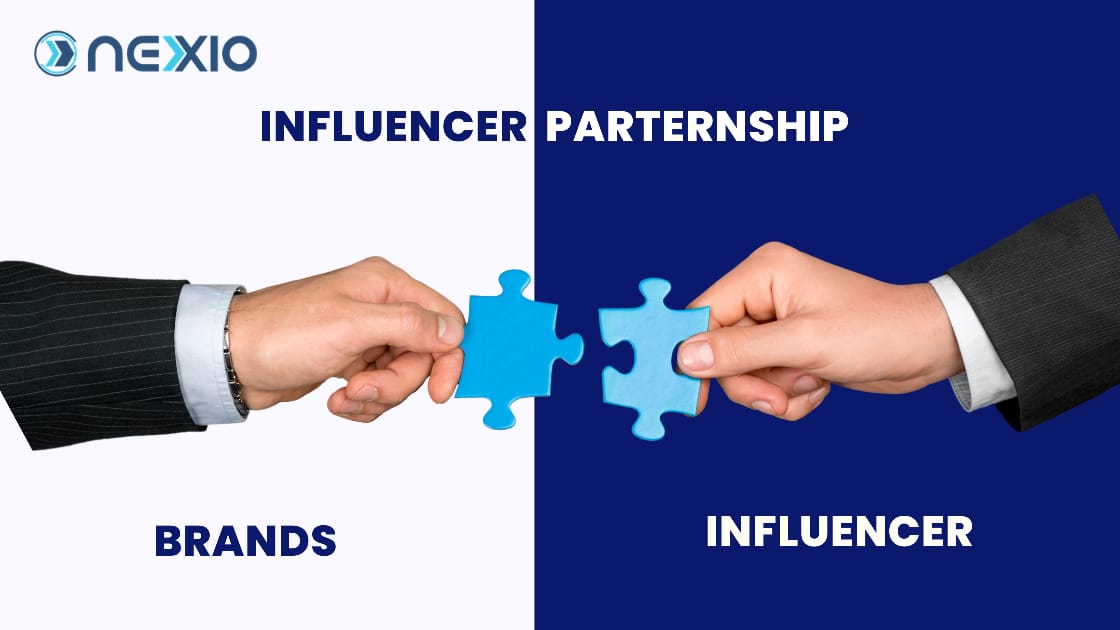In the dynamic world of digital marketing, influencer partnerships have emerged as powerful tools for brands seeking to connect authentically with their target audience. However, beyond the allure of influencers’ reach and engagement, the role of incentives and rewards within these partnerships plays a pivotal role in enhancing performance, fostering loyalty, and ultimately maximizing the benefits for both brands and influencers. In this blog, we will delve into the multifaceted aspects of incentives and rewards, exploring how they contribute to the success of influencer partnerships.
I. Understanding the Influencer Landscape:
The Rise of Influencer Marketing: Influencer marketing has become a cornerstone of modern brand strategies. Social media influencers, with their authentic content and engaged followers, provide a unique opportunity for brands to tap into niche markets and build credibility.
Diverse Influencer Ecosystem: The influencer ecosystem spans various platforms and niches, from Instagram fashion influencers to YouTube tech reviewers. Understanding the nuances of this diverse landscape is crucial for brands seeking to establish meaningful partnerships.
II. The Role of Incentives in Influencer Partnerships:
Financial Incentives: Monetary compensation is a primary motivator for influencers. Brands that recognize the value of an influencer’s reach and impact are more likely to establish mutually beneficial relationships. Clear and fair compensation structures foster long-term partnerships.
Exclusive Offers and Discounts: Providing influencers with exclusive offers or discounts for their followers creates a win-win situation. Not only does it incentivize influencers to promote the brand, but it also adds value for their audience, increasing the likelihood of conversion.
Access to Pre-Release Products or Experiences: Granting influencers early access to products or exclusive experiences generates excitement and anticipation. This not only incentivizes influencers to create compelling content but also adds an element of exclusivity for their followers.
III. Rewards as Relationship Builders:
Recognition and Appreciation: Publicly acknowledging an influencer’s contributions through shoutouts, features, or awards fosters a sense of appreciation. This recognition not only strengthens the influencer’s commitment but also enhances the brand’s image.
Partnership Extensions: Successful influencer partnerships can evolve into long-term collaborations. Offering incentives and rewards for ongoing collaborations encourages influencers to maintain a sustained commitment to the brand, fostering continuity and consistency.
IV. Aligning Incentives with Brand Values:
Authenticity and Transparency: Incentives must align with both the brand’s values and the influencer’s authentic voice. Audiences can quickly detect inauthentic promotions, so ensuring that incentives complement the influencer’s style is essential for maintaining credibility.
Social Responsibility Initiatives: Brands can tie incentives to social responsibility initiatives, encouraging influencers to support charitable causes or engage in sustainability efforts. This not only aligns with contemporary consumer values but also amplifies the positive impact of the partnership.
V. Measuring ROI and Performance:
Key Performance Indicators (KPIs): Establish clear KPIs to measure the success of influencer partnerships. Metrics such as reach, engagement, and conversion rates should be monitored to assess the effectiveness of incentives and rewards in achieving campaign objectives.
Data-Driven Decision Making: Leverage analytics tools to gain insights into audience behavior and influencer performance. Data-driven decision-making ensures that incentives are optimized based on real-time results, refining strategies for future collaborations.
VI. Navigating Challenges in Influencer Partnerships:
Disclosure and Transparency: Adhering to ethical standards is crucial in influencer marketing. Clear disclosure of sponsored content and transparent communication regarding incentives are vital for maintaining trust with both influencers and their audiences.
Effective Communication: Establish open lines of communication with influencers to understand their expectations and concerns. Regular dialogue ensures that incentives align with influencers’ goals, creating a collaborative and mutually beneficial partnership.
VII. Future Trends and Innovations:
Evolving Platforms and Content Formats: As social media platforms evolve, so do content formats. Stay ahead of trends by adapting to emerging platforms and experimenting with new content formats to maintain relevance and maximize the impact of influencer collaborations.
Integration of Technology: Explore the integration of technology, such as augmented reality (AR) and virtual reality (VR), to enhance the immersive nature of influencer campaigns. Technological innovations can provide influencers with new tools to create engaging content and captivate their audiences.
Conclusion:
Incentives and rewards are indispensable elements in the intricate tapestry of influencer partnerships. By recognizing the value influencers bring to the table, brands can create compelling collaborations that resonate with audiences and drive tangible results. The key lies in crafting incentives that align with brand values, fostering authenticity, and nurturing long-term relationships. As the influencer marketing landscape continues to evolve, the strategic integration of incentives and rewards will remain a cornerstone for brands aspiring to make a lasting impact in the digital realm.
